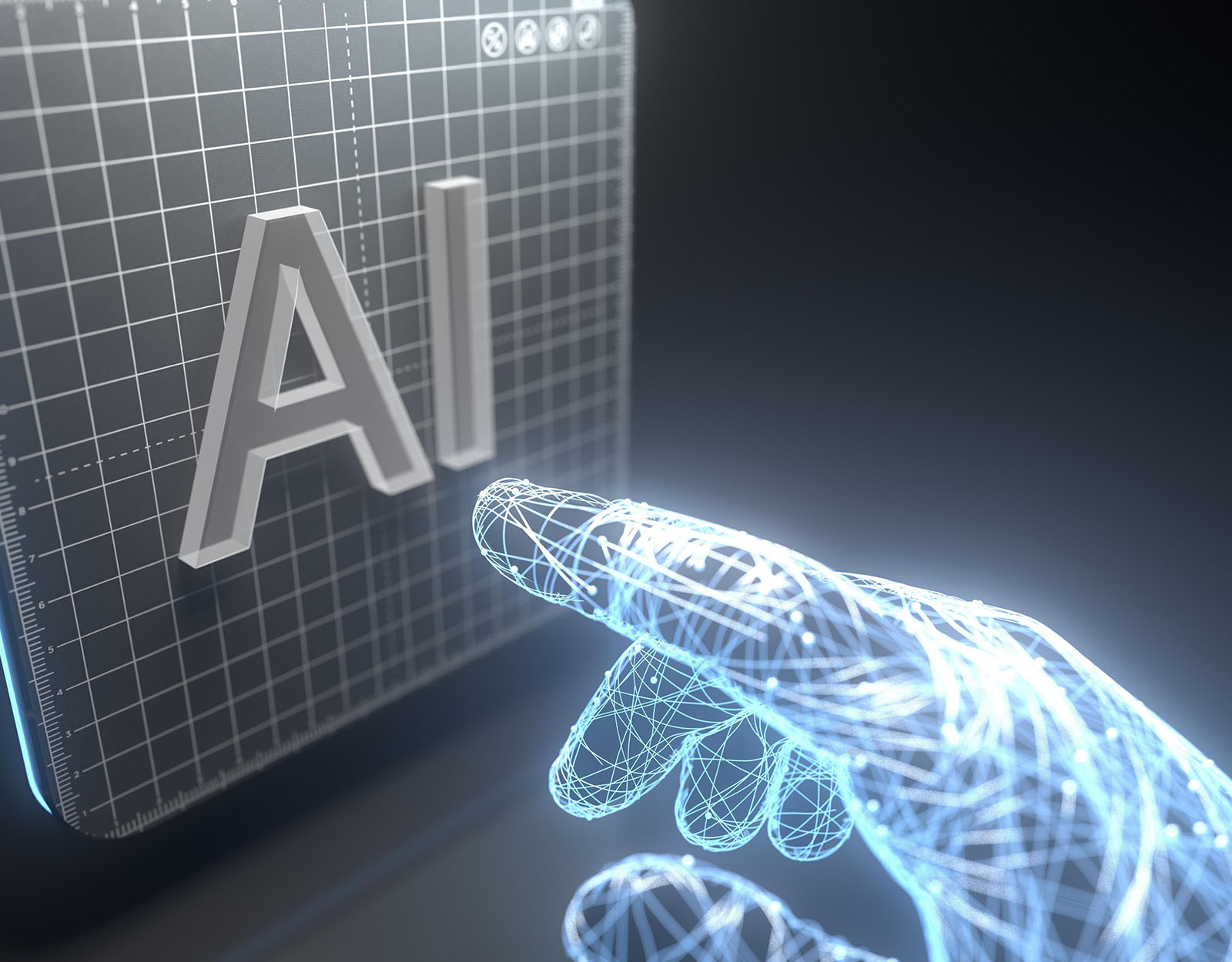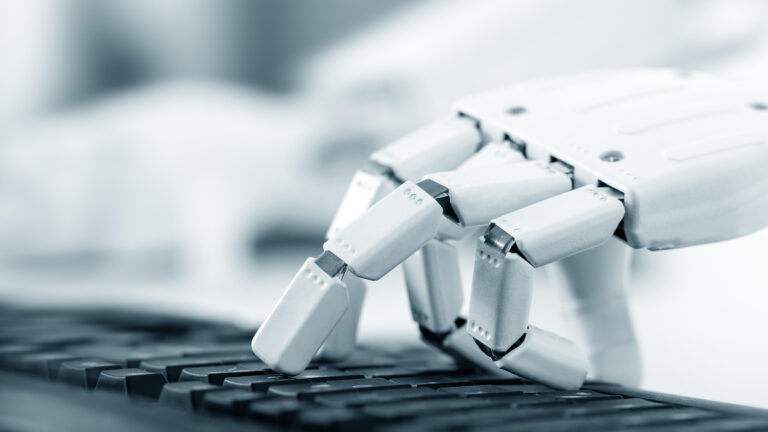Real Talk
ChatGPT App: Here’s What Parents Need to Know About AI
What is the ChatGPT app and how can parents use it properly?
The ChatGPT app has been making waves in different communities and families — especially when they discover how their kids have been using it. From writing papers, solving their homework, and even creating things for them, it’s been providing a lot of kids shortcuts. And many parents are worried that it will make them lazy. However, for many working parents, ChatGPT has been essential for making ends meet. Here’s what we know so far about the mysterious ChatGPT app.

How does ChatGPT work?
The ChatGPT app is an Artificial Intelligence (AI) that acts based on the prompt or command that the user puts in. But that technology isn’t new. We’ve already seen it in artificial intelligence forms like Alexa, Google, Bing, Cortana, and Siri when we order them to find our devices or play our favorite songs. Based on the words inputted, ChatGPT will then produce something. But what makes it more advanced than the aforementioned five is that it has a built-in thesaurus and dictionary, making it appear more “intelligent” than its predecessors because it can take on various commands.
But wait, how did ChatGPT learn how to do that?
As a form of Artificial Intelligence, the ChatGPT app needs to be “trained” by being exposed to a variety of prompts and requests (Acemoglu and Restrepo, 2018). Sounds familiar? It’s like parenting! Just like how parents expose their kids to unique experiences and commands to teach them, ChatGPT learns the same way. The more prompts and requests it receives, the smarter it gets.
But who are ChatGPT’s “parents”? It’s everyone who uses the ChatGPT app.
How are people using ChatGPT?
Unfortunately, what earned the ChatGPT app its bad reputation is how people have been using it. Because it can quickly perform and create things, some people see the app as a shortcut. Parents have seen their kids use it to do their homework for them. It answers their math problems, makes their thesis proposal for them, and can even do their reflection papers. While the app does ease academic stress, won’t it make the kids and professionals of today lazy? (Firat, 2023)

The limitations of artificial intelligence: human experience
However, artificial intelligence still lacks certain human elements, such as understanding literary devices like figures of speech, idioms, and the like. Because those are constantly changing elements. It’s a cultural aspect in which humans learn faster than a computer because they are constantly engaging people with it. Artificial intelligence only engages when there are prompts and commands from users.
ChatGPT also fails to properly verify information. As an AI, it’s only programmed to create so it simply summarizes and gathers information (Dwivedi et. al, 2023). The human’s job, however, is to make sure it’s correct. So, it only does 50% of the job.
The same goes for art. There are just some things that need a human eye for detail such as shades and the angle for fingers.
It’s a running start, but it’s not a suitable substitute for the whole job.
It’s tempting to rely on ChatGPT for everything because it lessens the amount of time spent thinking and worrying about what to write or create. But it can only create drafts and starting points, not the complete job. Artificial Intelligence can never replace the human mind because it still hasn’t developed a culture and morality of its own. But if your kids have already started using it, make sure your kids are learning. While working smart is great, some shortcuts are not meant to be taken.
References
Acemoglu, D., & Restrepo, P. (2018). Artificial intelligence, automation, and work. In The economics of artificial intelligence: An agenda (pp. 197-236). University of Chicago Press.
Dwivedi, Y. K., Kshetri, N., Hughes, L., Slade, E. L., Jeyaraj, A., Kar, A. K., … & Wright, R. (2023). “So what if ChatGPT wrote it?” Multidisciplinary perspectives on opportunities, challenges and implications of generative conversational AI for research, practice and policy. International Journal of Information Management, 71, 102642.
Firat, M. (2023). How chat GPT can transform autodidactic experiences and open education. Department of Distance Education, Open Education Faculty, Anadolu Unive.
Lund, B. D., & Wang, T. (2023). Chatting about ChatGPT: how may AI and GPT impact academia and libraries?. Library Hi Tech News, 40(3), 26-29.
Sallam, M. (2023, March). ChatGPT utility in healthcare education, research, and practice: systematic review on the promising perspectives and valid concerns. In Healthcare (Vol. 11, No. 6, p. 887). MDPI.
More about technological advancements?
Crypto Art: Transforming Perspectives and Art Appreciation in Families
Here’s What Every Parent Needs to Know About AI Art
5 Differences Between Computer Classes and Coding Classes





